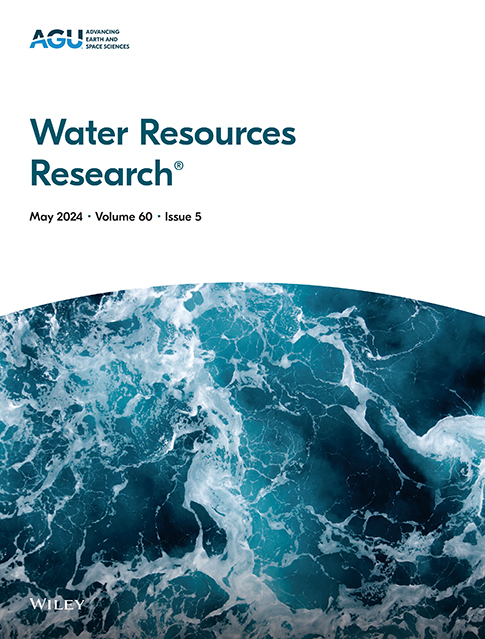The Swimming Performance and Transcriptomic Insights Into Diverse Gene Regulation in Grass Carp Brain Under Water Velocity Stress
IF 4.6
1区 地球科学
Q2 ENVIRONMENTAL SCIENCES
引用次数: 0
Abstract
By linking gene regulation to swimming performance under different water flow conditions, the study could reveal how the fish adapt to their environments, providing insights into evolutionary biology and ecology. The current study observed significant variations in swimming performance under various water flow velocities and examined the associated gene regulation. Grass carp were subjected to controlled water velocities to measure the critical swimming speed (Ucrit), which showed that the swimming performance was increased based on body length; however, a reduction in swimming performance was observed as the water flow increased (p < 0.05). Additionally, brain samples were collected for transcriptomic analysis, which revealed that differentially expressed genes (DEGs) were functionally annotated revealing key pathways associated with changed behavior patterns. The Enrichment analysis showed significant variation in all groups including behavior (p < 0.05***), skeletal system development (p < 0.05***), hormone activity (p < 0.05***), muscle contraction (p < 0.05**), locomotion (p < 0.05*), and swim bladder development (p < 0.05*) were found the major regulators of behavior in grass carp under water velocities. Moreover, some genes were identified and found significantly different for enzymes and hormones, which could play a potential role during swimming performance such as gene-ca7 (p < 0.005***). The current study provides evidence of the neurogenetic mechanism underlying the changed swimming activity of grass carp under water velocity, which could have important implications for understanding the impact of hydrodynamics and the fish.

求助全文
约1分钟内获得全文
求助全文
来源期刊

Water Resources Research
环境科学-湖沼学
CiteScore
8.80
自引率
13.00%
发文量
599
审稿时长
3.5 months
期刊介绍:
Water Resources Research (WRR) is an interdisciplinary journal that focuses on hydrology and water resources. It publishes original research in the natural and social sciences of water. It emphasizes the role of water in the Earth system, including physical, chemical, biological, and ecological processes in water resources research and management, including social, policy, and public health implications. It encompasses observational, experimental, theoretical, analytical, numerical, and data-driven approaches that advance the science of water and its management. Submissions are evaluated for their novelty, accuracy, significance, and broader implications of the findings.
 求助内容:
求助内容: 应助结果提醒方式:
应助结果提醒方式:


